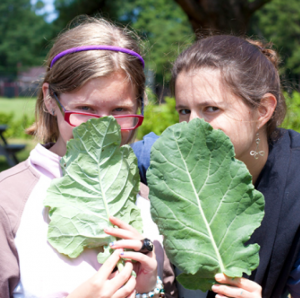We recently published a guidebook for afterschool and third space program providers with simple tools and resources that will support prevention efforts in their programs.
Research over the past decade has shown that the third space is critical to helping children and youth develop into healthy, well-rounded adults. A young person spends only 20% of their waking hours in school and the rest of their time at home or in the third space – in the community, working jobs, hanging out with friends, afterschool programs, participating in extracurricular activities, volunteering, summer camps, and pursuing interests and hobbies. Out-of-school time programs and resources play a critical role in efforts to break the cycle of addiction and support positive youth development in opioid-affected communities (see our report on afterschool and resilience from 2019).
In the guidebook, you will find signs and symptoms of substance use including alcohol, tobacco, marijuana, and prescription drugs. There are resources that third space providers can reference and direct students and parents toward. Additionally, there are crisis supports, local coalitions, and local prevention consultants.
This guidebook is meant to be a useful overview and toolkit for those working with teens and older youth during the out-of-school time hours, and not necessarily a comprehensive and in-depth analysis of prevention efforts and substance misuse in Vermont. It’s a starting place and has some great resources for further exploration or help.
Be in touch if you have any questions or comments!
Robin Katrick, Youth & Community Health Coordinator
robin@vermontafterschool.org

